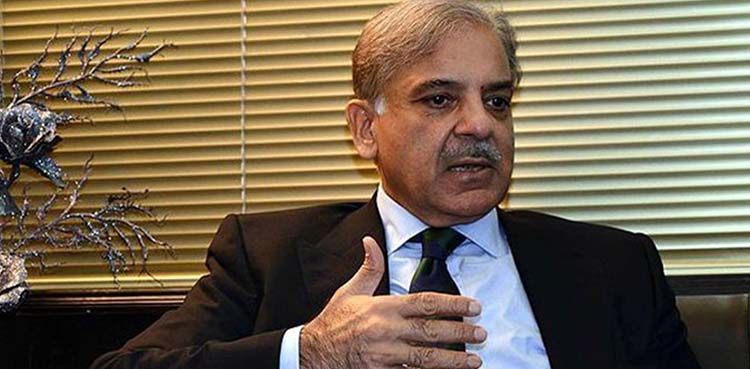The article focuses on the three As that should be kept in mind when institutions frame Professional Development plans for their teachers.
Development and growth- these are vital signs of life. One qualifies as a human only when growth (in any form) is visible. The same is the case with professions and passions. In a world which is controlled by career choices such as doctors, engineers, accountants, chemists, physicists and architects, a few people aspire to be teachers. The rest have landed in the professional grounds accidentally.
Unfortunately, Pakistani society regards teaching as a part time profession. The masses believe that the only thing a teacher does is read from the book, which is not the case even in the slums. In reality, teaching is, by all means, a full day job. As a multitasking community, teachers are expected to plan, teach, test, assess, and evaluate 5-6 days in a week. Such an extensively demanding job requires professional development of the highest quality regularly.
However, the concept of professional development is not embraced by all in the teaching fraternity. There are many reasons for this reluctance. One major reason given by the veterans of the field is the years they have spent in the profession, which is reasonable to some extent, but not acceptable. The blame should be shared by institutions also, where the management believes in one size fits all. These causes lead to dislike or denial in cases of optional professional development.
Being a researcher and a trainer myself, nothing intrigues me more than the inclination of teachers towards professional development which is made for them specifically. Living in a world of customer facilitation and satisfaction, we have become habitual of laying out our demands in front of our service providers. If the same philosophy is kept in mind while the management starts developing a professional development plan for their teachers, the reluctance will not remain a challenge anymore. This could be done by framing a simple Need Analysis Survey for the teachers, which will help teachers in sharing what they actually need to learn.
Once the results are obtained, the professional development plan should be made keeping in mind three A`s; Availability of the teachers, Approachability to the concept being imparted, and Accountability of the teacher to implement what is taught.
For the first A; Availability of teachers, a day can be fixed for professional development sessions every month. The teachers are informed, for example, every last Saturday of the month shall be kept free. Adhering to the first A, leads to an even spread out of the professional development plan throughout the year.
For the second A; Approachability to the concept being imparted, the results of the Need Analysis should be kept in mind. For instance, teachers who have shared Classroom Management as a shaky area must be trained in that particular area. This gives the teachers a realization that the Professional Development plan of their institute is made for them.
For the third A; Accountability of the teacher to implement what is learned, teaching observation rounds are helpful. Every professional development session should be assessed and evaluated, on the basis of which, the teachers receives his/her appraisal.
When it comes to measuring the worth of a professional development plan, the prime factor is the teachers` response to it. If the teachers do not feel connected with the professional development plan made for them, it is like asking them to consume a Nutraloaf, healthy bread with nutritious ingredients blended together in a not-so-appealing form. (Nutraloaf is bread given to the prisoners who made bad choices) On the other hand, if the teachers start liking the Professional Development Plan, it is similar to having Granola bar, not only tasty and healthy but desirable too.
- HOME
- PAKISTAN
- INTERNATIONAL
- BUSINESS
- HEALTH
- ENTERTAINMENT
Trending Tags
- SPORTS
- BLOGS
Trending Tags
- HOME
- PAKISTAN
- INTERNATIONAL
- BUSINESS
- HEALTH
- ENTERTAINMENT
Trending Tags
- SPORTS
- BLOGS
Trending Tags
Teaching Teachers to improve the quality of teaching
Get real time update about this post categories directly on your device, subscribe now.
















































